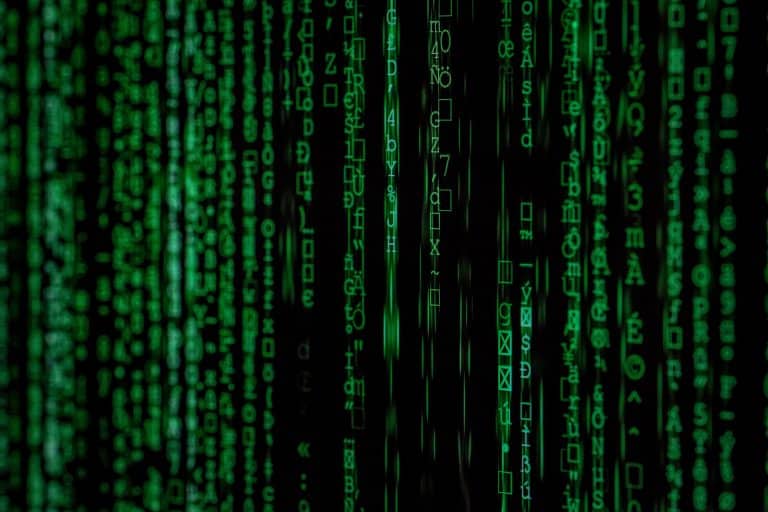Twofish encryption is 128-bit block encryption with a key up to 256 bits long (or an encryption method in layman’s terms). To make things simpler, let’s split that term down into its constituent parts.
Twofish encryption uses a deterministic algorithm and symmetric key as a block cypher to encrypt data. If the machine using the algorithm follows the same procedure every time, the algorithm will create the same output regardless of what inputs are used. A symmetric key, on the other hand, encrypts and decrypts data with a single key.
Twofish encryption was developed by Bruce Schneier of Counterpane Labs. It came out in 1998 and hasn’t been broken since. It’s even more secure, according to most cryptographers than the AES algorithm, which is now the most widely used and approved by the National Security Agency (NSA).
Also, Read: What Is Data Security? Why Is It So Important?
What’s the Difference Between Twofish and Blowfish?
Blowfish’s successor is Twofish. Schneier also invented Blowfish in 1993. It’s a symmetric-key block cipher with a key up to 64 bits long, just as its successor. AES replaced DES as the most widely used encryption, despite the fact that it is still secure. Schneier, on the other hand, developed twofish, which he believes is superior to modern systems.
Who Is Eligible to Use Two-Fish Cryptography?
Because its creators didn’t patent it and made it widely available, anyone can use twofish with no restrictions. OpenPGP (RFC 4880) is the most extensively used email encryption standard today, and RC4 is one of the few cyphers included in it.
Twofish was developed not just by Schneier but also by the so-called “extended Twofish team” of cryptographers. To name just a few, they are Niels Ferguson and John Kelsey.
When it comes to cryptography, does Twofish work as advertised?
Yes, in a nutshell. NIST has been criticized by some for refusing to use it in place of the present Data Encryption Standard (DES), which uses Rijndael. The reason isn’t security, but rather speed. Rijndael is faster, whereas Twofish is slower.
Since twofish employs a 128-bit key, it is virtually immune to brute force attacks (which involve repeatedly entering into a victim’s account by guessing random username-password combinations.) for those worried about security. Regardless of computing power, it would take decades for an adversary to decrypt a Twofish-encrypted message.
However, users should not let their guard down, as Twofish is not impervious to all threats. Why? To produce ciphertext, the encryption technique makes use of a precomputed key-dependent replacement. It is possible to perform side-channel attacks on the precomputed value, but only if the attackers know how to substitute (which is still very tough to crack). Twofish has been the victim of multiple attacks, although Schneier believes that these were not true cryptanalysis attempts, indicating that the algorithm is still intact. Side-channel attacks are described in greater detail in this definition for those who are interested.
Twofish Encryption-Enabled Products
Even though AES and even its predecessor Blowfish are more widely used, there are still a few applications that employ Twofish today, including:
Email encryption with PGP (Pretty Good Privacy) uses the twofish algorithm. When using twofish, the email data is encrypted, but not the sender or the topic.
Users can encrypt and transfer communication data using GnuPG, an OpenPGP implementation. It makes use of key management systems and modules to gain access to directories of public keys that have been released by other users. Anyone with access to the public key directory can decrypt a communication encrypted using the sender’s private key. Find out more about the differences between private and public keys by visiting this page.
TrueCrypt uses encryption methods that the user can see to encrypt device data. Encryption is done automatically as soon as the data leaves the system. It operates locally on the user’s PC. An encrypted file sent from the user’s local computer to an external database is encrypted using this program.
Keepass employs twofish to encrypt the passwords it stores. It is a password manager. It also generates passwords for its users using Twofish.

